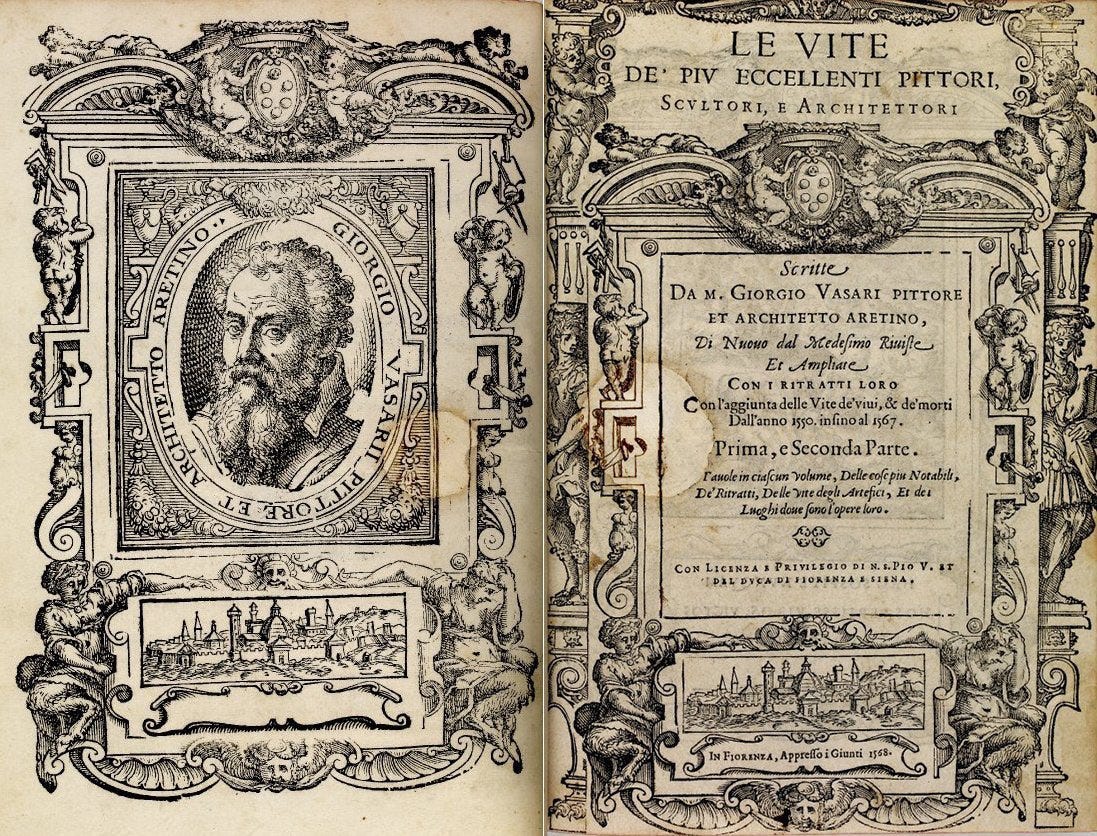On Artists, Artisans, Art, & AI
Faithful Reproduction, Myths of Individual Genius, and LLMs under Capitalism
It’s been another loaded week for the SFF industry on social media, thanks to the launch and immediate ratio-ing of Sudowrite, an app based on GPT-4 technologies that its creators claim will help would-be writers craft long form fictions—and most everyone else in the field considers a troubling development.
Jason Sanford runs an excellent Genre Grapevine
Keep reading with a 7-day free trial
Subscribe to Better Worlds Theory to keep reading this post and get 7 days of free access to the full post archives.





